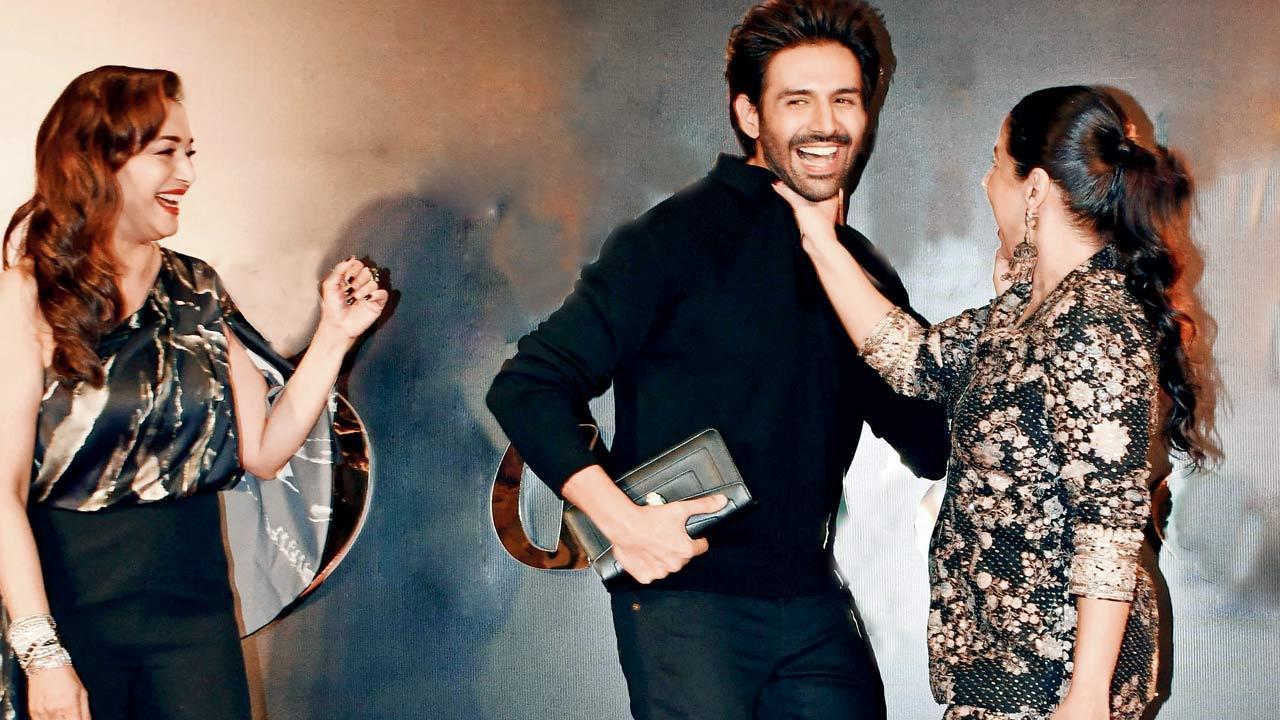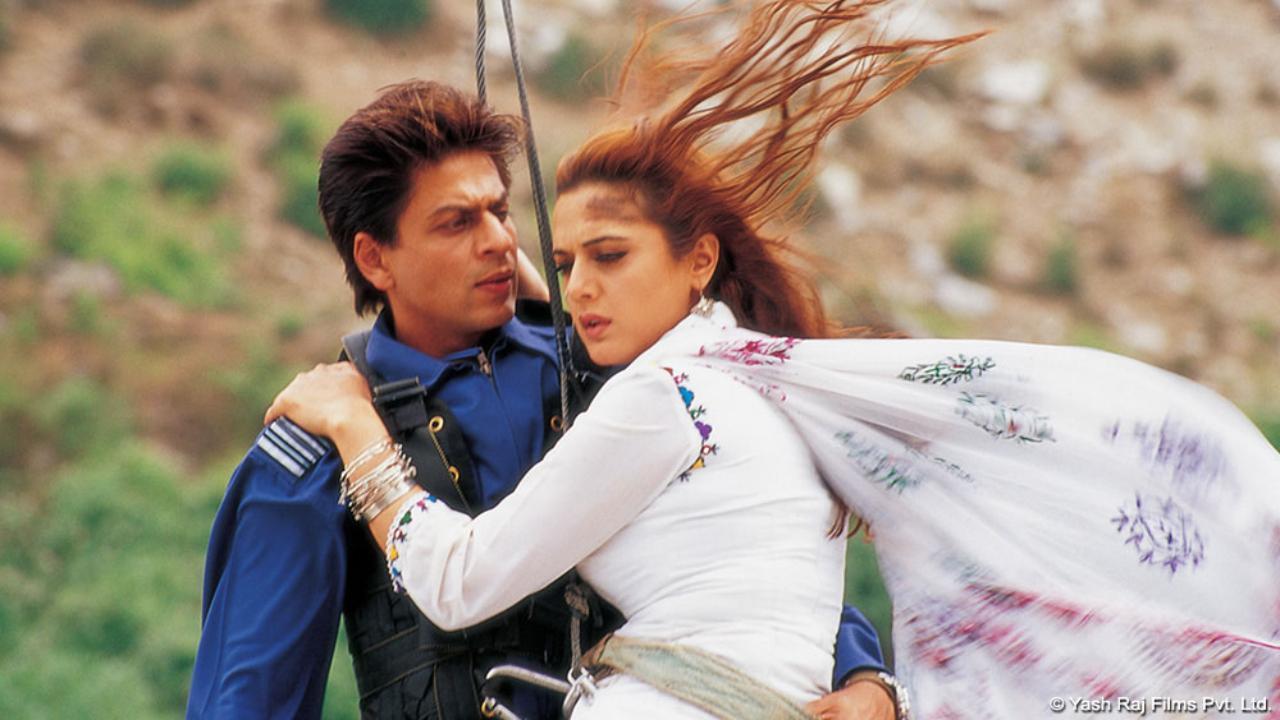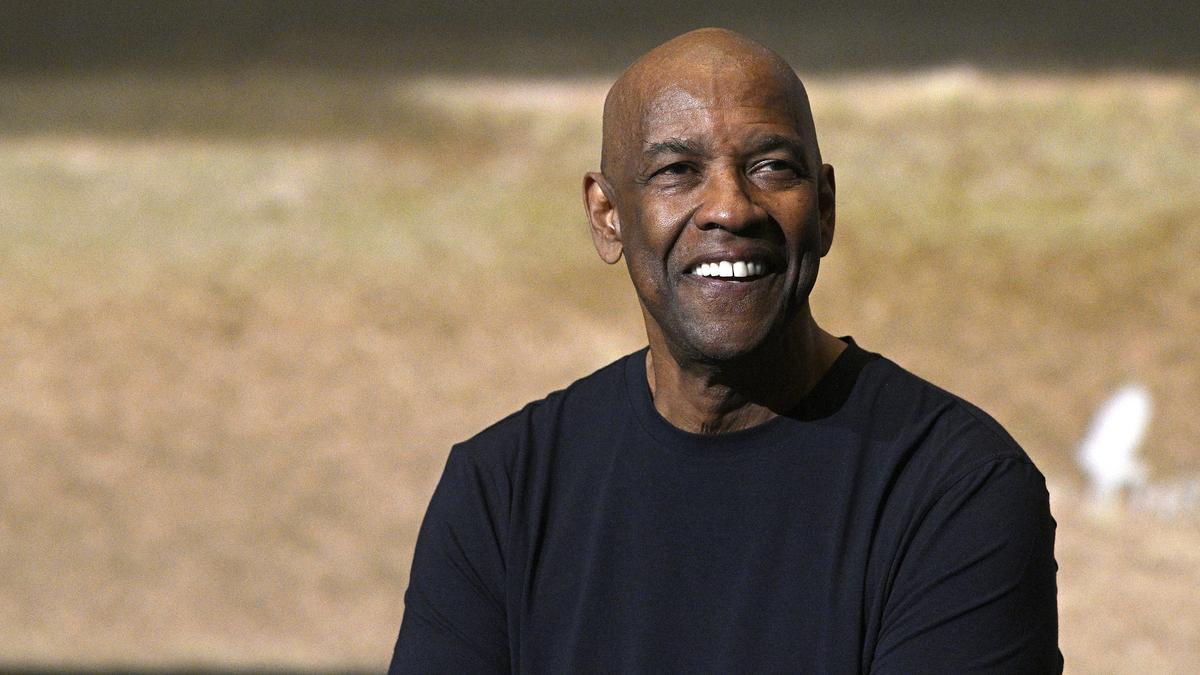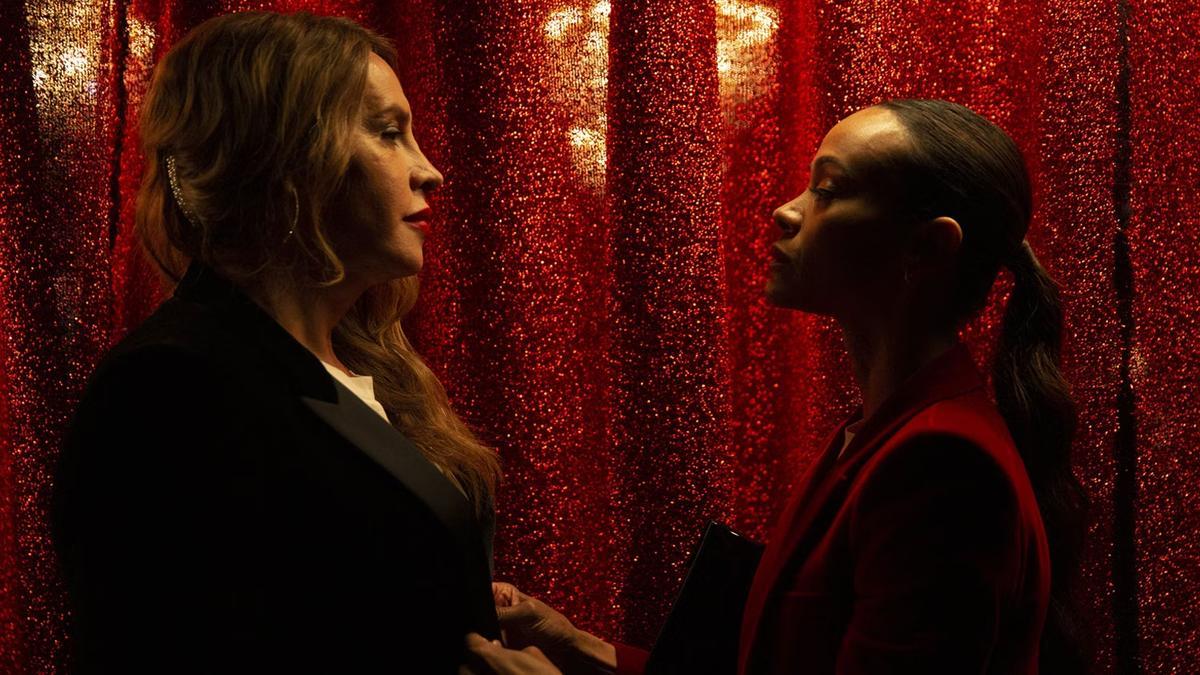
The world of entertainment witnessed a striking transformation this week as the earliest version of one of its most cherished characters, Mickey Mouse from Steamboat Willie, emerged from the confines of copyright into the vast possibilities of the public domain. Merely 48 hours after the 1928 animation was released from Disney’s legal grasp, the renowned figure is set to take an unexpected and grisly turn in not one, but two horror films.
Mickey’s Mouse Trap, a film teased with a recently launched YouTube trailer, is the first of these unnerving adaptations. Directed by Jamie Bailey, the trailer paints a grim picture of what was once a symbol of joy as it depicts a character, donning a disproportionate Mickey mask, embarking on a gruesome spree in an arcade—a sanctuary of playtime turned into a hunting ground. “A place for fun. A place for friends. A place for hunting,” the trailer ominously teases, showcasing a sinister twist on the beloved character. The curious approach to this project by Bailey, who has been quoted as finding the concept of the murderous Mickey Mouse from Steamboat Willie to be absurd yet entertaining, adds a layer of campy appeal to the production.
While Mickey’s Mouse Trap has generated buzz with its trailer, the details regarding its release remain cloaked in anticipation. On the heels of this reveal, another filmmaker has not wasted a moment to capitalize on the newfound freedom of Mickey’s early form. Director Steven LaMorte, known for his horror parody of The Grinch titled The Mean One, has disclosed plans for his own feature. Tantalizing audiences with a logline that teases a night boat ride through New York City devolving into a harrowing flight from a “monstrous reality,” LaMorte’s untitled film appears poised to delve even deeper into the horror genre, seeking to unearth a terror that lurks beneath Steamboat Willie’s cheerful visage.
LaMorte’s cinematic vision seems to echo the macabre fate of another classic character, Winnie the Pooh, who tread a dark path in Winnie the Pooh: Blood and Honey after crossing into the public domain in 2022. Both versions suggest a trend of turning childhood symbols into figures of horror once they are released from the creative restrictions associated with copyrighted properties.
As Steamboat Willie’s Mickey Mouse—bearing more semblance to a rodent than the modern mouse—steers into this new narrative territory, Disney maintains a watchful eye to protect their intellectual property rights. The multimedia giant has made it clear that while older renditions of Mickey and Minnie Mouse are now accessible to the public, the contemporary, more recognizable versions remain under their legal purview.
Eager to avoid the colossal legal might of Disney, LaMorte and his team have emphasized their intent to adhere to all necessary legal precautions. They are committed to differentiating Steamboat Willie from the protected Mickey Mouse image and have declared they will strictly refer to the character by its original moniker from the 1928 short.
The creative exploration of Mickey Mouse as a character no longer confined to the idyllic world of Disney represents a broader discourse on the fate of public domain properties. As these early versions venture into uncharted waters, from harmless entertainment to potential harbingers of horror, they beckon a question—what other twists might the future hold for cherished characters once their copyright protections expire?
The horror renditions of Steamboat Willie’s Mickey Mouse are a testament to the transformative power embedded in the shift from proprietary character to public domain artifact. While no premiere dates have been announced, it’s clear that audiences around the globe are awaiting with a blend of curiosity and trepidation to witness the unexpected rebirth of an icon.










